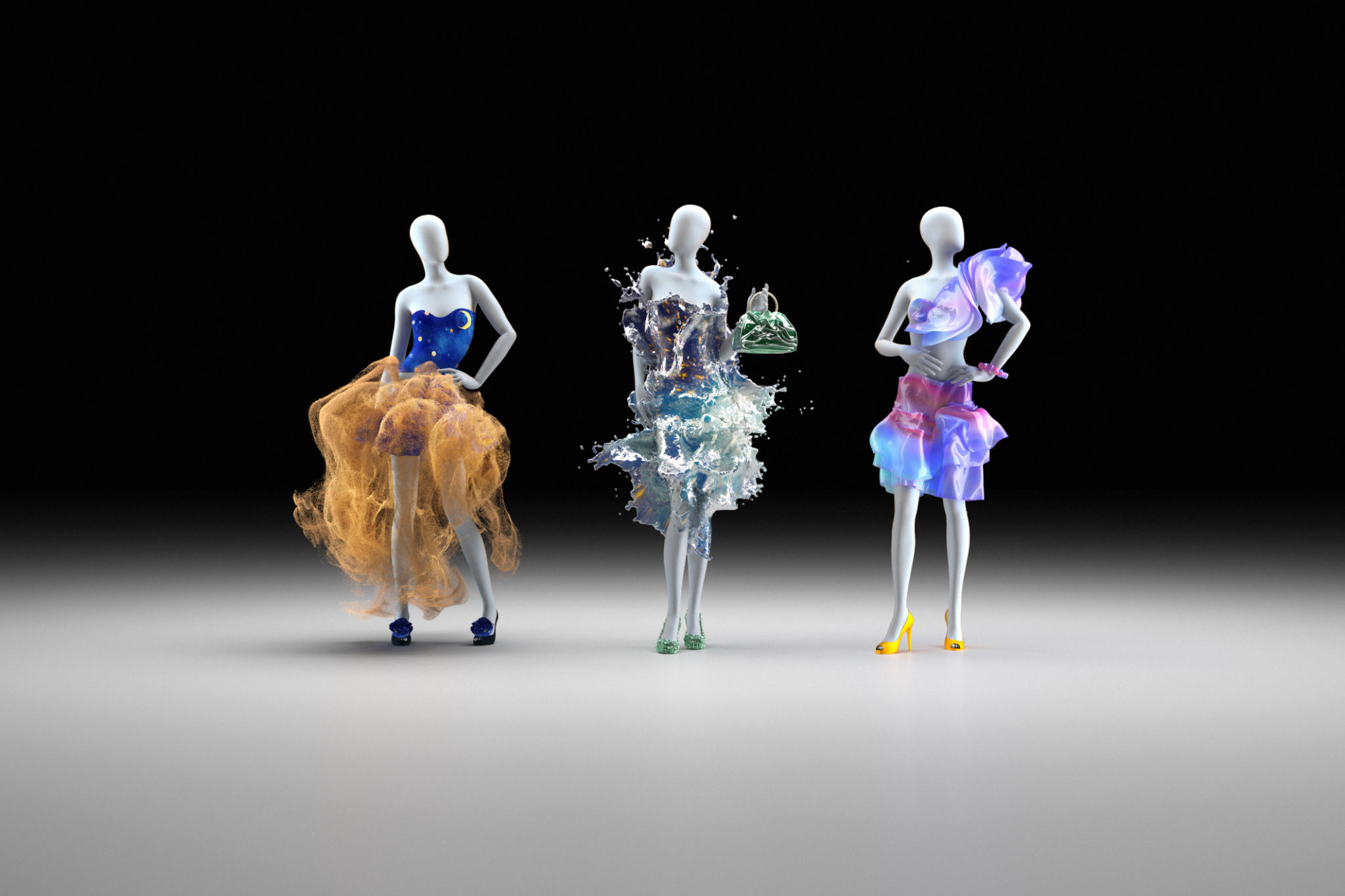Enhancing Human Interaction Through Spatial Blueprints
St
The Role of Spatial Blueprints in Human Interaction
In today's fast-paced world, the way we design and organize spaces plays a crucial role in facilitating human interaction. Whether in office buildings, public parks, or retail environments, spatial blueprints can significantly enhance the quality of interactions among people. These blueprints serve as a guide for creating environments that promote engagement, collaboration, and communication.
Spatial blueprints take into account various factors, including lighting, acoustics, and the physical layout of a space. By carefully planning these elements, we can create environments that not only meet functional needs but also encourage meaningful human connections. This careful consideration of space design can lead to improved productivity, well-being, and satisfaction.

Designing for Interaction
One of the key aspects of enhancing human interaction through spatial blueprints is designing spaces that encourage people to engage with each other. Open-plan offices, for example, have become popular because they facilitate communication and collaboration among team members. However, it's important to balance openness with privacy, offering quiet zones where individuals can focus without distraction.
In public areas, such as parks and plazas, spatial blueprints can be used to create inviting spaces that encourage people to gather and interact. Features like benches, pathways, and natural elements can be strategically placed to foster a sense of community and connectedness. These designs not only enhance social interaction but also contribute to the overall aesthetic appeal of public spaces.

The Influence of Technology
Technology also plays a significant role in enhancing human interaction through spatial blueprints. Smart technologies can be integrated into physical spaces to create interactive environments that respond to users' needs. For instance, sensors and IoT devices can adjust lighting and temperature based on occupancy, creating a more comfortable and engaging atmosphere.
Moreover, digital tools can help designers visualize and test spatial blueprints before implementation. Virtual reality (VR) and augmented reality (AR) tools allow architects and planners to explore different design options and assess their impact on human interaction. This technology-driven approach ensures that spaces are optimized for engagement from the outset.

Case Studies: Success Stories
Many organizations have successfully implemented spatial blueprints to enhance human interaction. Tech companies like Google and Facebook are renowned for their innovative office designs that prioritize employee well-being and collaboration. These companies use a mix of open spaces, recreational areas, and private workstations to foster a dynamic work environment.
In educational settings, schools and universities have reimagined traditional classroom layouts to encourage active learning and student interaction. Flexible seating arrangements, collaborative zones, and breakout areas are becoming standard features in modern educational facilities. These changes reflect an understanding of how spatial design can enhance learning outcomes and student engagement.

The Future of Spatial Blueprints
As we look to the future, the importance of spatial blueprints in enhancing human interaction will continue to grow. As our understanding of human behavior evolves, so too will our approach to designing spaces that meet the diverse needs of individuals and communities. The integration of sustainable practices into spatial design will also become increasingly important, ensuring that spaces are not only interactive but also environmentally responsible.
Ultimately, the goal of spatial blueprints is to create environments where people feel connected, engaged, and inspired. By prioritizing human interaction in our design processes, we can build spaces that truly enhance the quality of life for everyone who uses them.